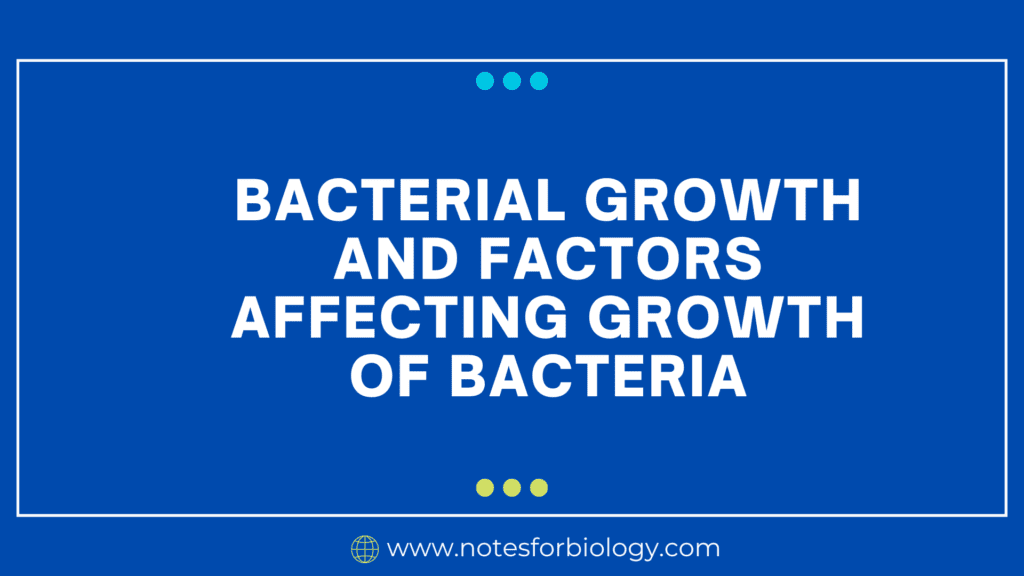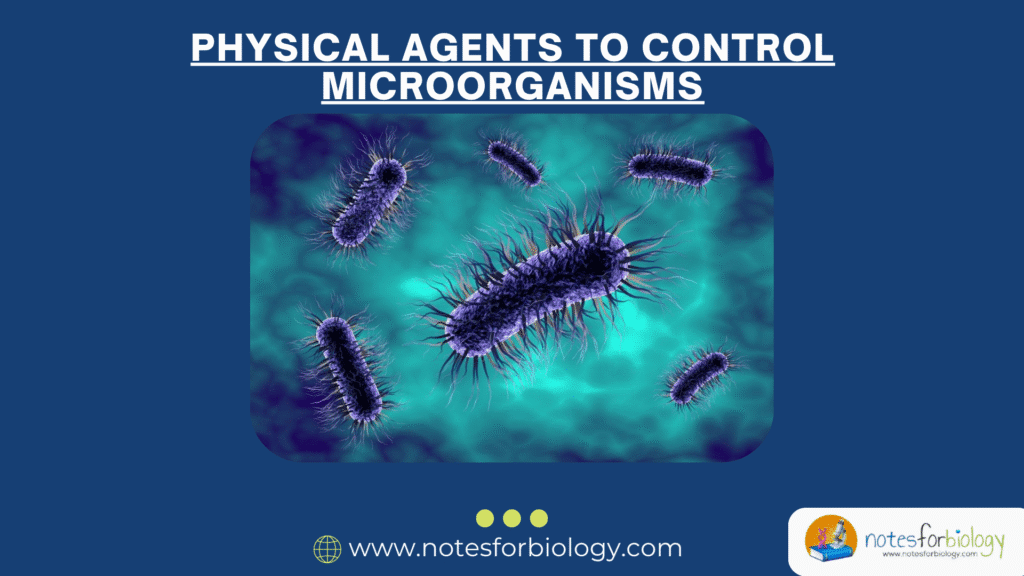In an ecosystem, all living organisms are connected through a food chain, which shows how energy passes from one organism to another. It’s like nature’s way of sharing energy, moving through different stages called trophic levels. These levels are key to how energy flows in an ecosystem and help maintain the balance of life. Let’s break down how this process works in simple terms.

Table of Contents
The Food Chain: An Overview
The food chain begins with energy from the sun. Plants, which are called producers, are the first to capture this energy through photosynthesis, turning sunlight into food. All other living things in the ecosystem depend on plants either directly or indirectly for energy.
The food chain is organized into several steps:
Producers – plants that make their own food.
Primary consumers – herbivores that eat plants.
Secondary consumers – carnivores that eat herbivores.
Tertiary consumers – top predators that eat other carnivores.
When one organism eats another, energy moves from one level to the next. However, a lot of this energy is lost along the way either as heat or because it’s used up by the organism for its own survival. This makes the flow of energy less efficient as it moves up the chain.
Trophic Levels: The Steps in the Food Chain
Each stage in the food chain is known as a trophic level. Let’s break them down:
Producers: Plants, algae, and certain bacteria can make their own food through photosynthesis, forming the first trophic level. They capture sunlight and convert it into energy.
Primary Consumers: These herbivores—such as cows, rabbits, or insects—eat plants and occupy the second trophic level. They get their energy directly from the producers.

Secondary Consumers: These are carnivores that feed on herbivores. For instance, a lion eating a deer or a bird consuming an insect. They form the third trophic level, getting energy from the herbivores.
Tertiary Consumers: These are the top predators that eat other carnivores, such as eagles that prey on snakes or sharks that hunt fish. They represent the fourth trophic level.
Additionally, there are decomposers organisms like fungi and bacteria that break down dead plants and animals. They help recycle nutrients back into the environment, which allows producers to grow, completing the cycle.
Energy Flow in an Ecosystem
Energy flows in one direction through an ecosystem, starting with the sun and moving up through the food chain. However, only a small portion of energy (around 10%) is passed on from one level to the next. This is known as the 10% rule. For example, if plants capture 100 units of energy from the sun, the herbivores that eat them will only receive about 10 units. The carnivores that eat those herbivores will get only 1 unit.
This is why there are fewer top predators than plants or herbivores in an ecosystem—because less energy is available the higher you go in the food chain. This energy loss also limits the length of food chains, which typically consist of three to five levels.
Food Webs: A More Complex Reality
While food chains simplify how energy moves in an ecosystem, real ecosystems are more intricate. Most organisms eat more than one type of food and belong to several food chains. When these interconnected food chains are combined, they form a food web.
A food web shows how energy is transferred between various species, creating a more realistic representation of an ecosystem’s energy flow. For example, a bird may eat both insects and seeds, connecting it to both plant and animal food chains.
Importance of Energy Flow
Energy flow is crucial because it shapes how ecosystems function and are structured. Ecosystems with more available energy—like tropical rainforests that receive plenty of sunlight—can support more species and greater biodiversity. On the other hand, ecosystems with less energy, such as deserts or the Arctic, can only support a limited number of species.

This flow of energy also highlights the importance of maintaining balance within ecosystems. Disrupting any part of the food chain, such as overhunting predators or destroying habitats, can create imbalances that affect the entire ecosystem. For example, without predators, herbivore populations might grow out of control, causing overgrazing and a shortage of plants. That’s why conservation efforts aim to protect these natural balances to keep ecosystems healthy.
Conclusion
In conclusion, the food chain and trophic levels explain how energy moves through an ecosystem. It begins with producers like plants and flows through different consumers, with energy being lost at each level. This flow is essential for life, but it’s limited, which is why maintaining balance in ecosystems is so important for their health and stability. Understanding this process helps us appreciate the complex connections between living things in nature.
Frequently Asked Questions
Define Ecosystem?
An ecosystem is a community of living organisms interacting with each other and their physical environment, functioning as a system where energy and nutrients flow and are recycled.
Write the importances of Energy flow?
The flow of energy is crucial in ecosystems as it drives biological processes, supports life at different trophic levels, and maintains the balance and functioning of the entire system.
Related Articles




